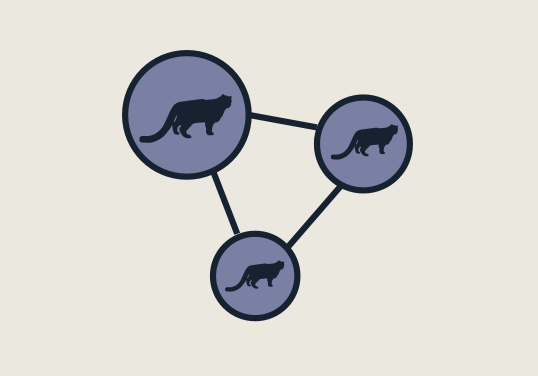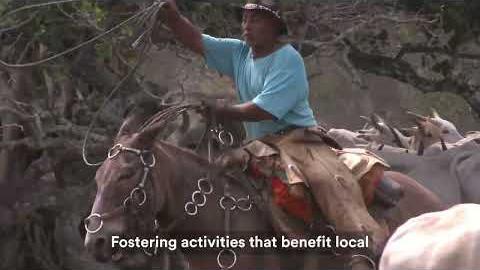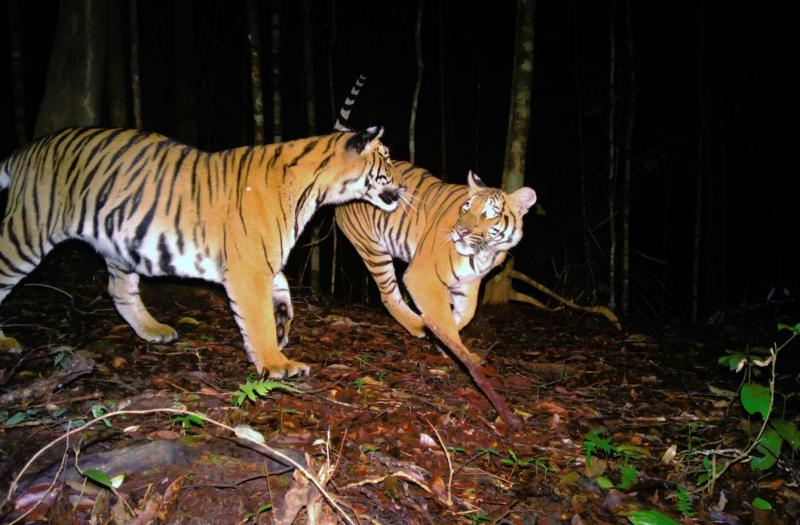About Snow Leopards
The snow leopard (Panthera uncia) is one of the most enigmatic and least understood of the big cats. The snow leopard’s range spans 12 countries and 2 million km2 in Asia, with 50% of their habitat found in China alone. We protect snow leopards by conducting surveys, training national biologists in conservation techniques, assessing threats, securing their habitat, and reducing conflict between snow leopards and local communities.
Our Goals

Stabilize and recover snow leopard populations

Understand and maintain habitat connectivity across its range

Provide foundational knowledge to inform conservation action
Where Do Snow Leopards Live?
The snow leopard lives in extreme mountainous habitats, usually thousands of meters above sea level. Their range spans 12 countries and 2 million km2 in Asia, with 50% of their habitat found in China alone.
- Historic Range
- Current Range
FAQs
What do snow leopards eat and how do they hunt?
Snow leopards prey on various mountain ungulates such as ibex and sheep as well as smaller prey like marmots and other rodents. They wait in strategic sites until prey is spotted before stalking and attacking, often chasing prey across perilously steep slopes and sometimes falling. Falling off cliffs while hunting may be one of the leading natural causes of death in wild snow leopards.
Why do snow leopards have such long tails?
Snow leopards live in mountainous terrain and use their long tails for balance and agility on the steep, rocky slopes where they live, hunt and raise their young. Additionally, they can use them for extra warmth when sleeping.
How are snow leopards related to leopards?
Despite sharing a name with leopards, snow leopards are actually most closely related to tigers.
What are the threats facing snow leopards?
Human persecution is a primary threat to snow leopards’ survival. Snow leopards are frequently captured or killed by humans in retaliation for — or to prevent — attacks on livestock. These snow leopards, dead or alive, are often then sold into the illegal wildlife trade, another major threat to snow leopards. They also suffer from decreasing prey availability linked to livestock overgrazing and poorly managed prey hunting.






